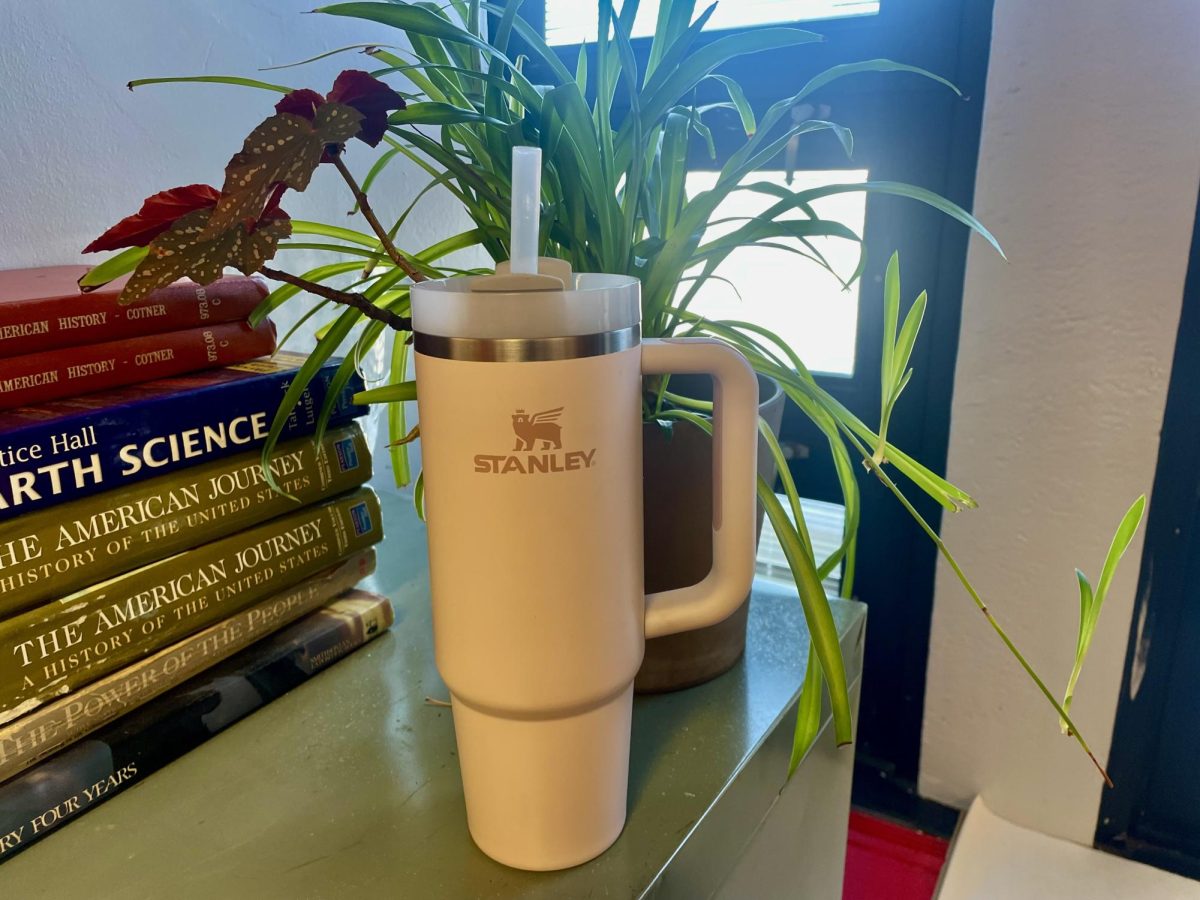The recent phenomenon surrounding the Valentine’s Stanley Cups at Target and the special pink Stanley’s at Starbucks has ignited a consumer frenzy, sparking chaos in several Target stores. The attraction of these limited-edition Stanley Cups at Target and Starbucks has increased demand, sparking a sense of hysteria among shoppers.
At the core of this phenomenon lies the principle of supply and demand. While an ordinary cup may not attract much attention, the strategic marketing and limited availability of these Stanley Cups have elevated them to symbols of exclusivity and status. Shoppers line up outside Target stores, waiting to secure these cups, intensify the competitive atmosphere. Stanley Cups became famous with a viral video featuring a Stanley Cup surviving a car fire. The company’s president took advantage of this opportunity to replace the car and give the resilient cups to the car’s owner, creating a powerful story around the durability of Stanley Cups.
However, the question arises: why has this cup, originally designed for adults with busy schedules, gained immense popularity among a younger demographic, particularly pre-teens? The answer lies in the evolving market dynamics and the cup’s shift as a trendy accessory.
As we explore this shift, it becomes evident that the marketing strategy changed over the past few years. The cups transitioned from being associated with practicality for working individuals to becoming fashionable items marketed towards women and girls. This shift in focus has sparked a trend that continues to grow, with videos of shoppers going wild and pushing one another for Stanley Cups, flooding social media platforms like TikTok and Instagram.
The market dynamics have evolved from a time when there were dedicated stores for younger kids, such as Claire’s, to a scenario where adolescents find themselves drawn to products initially intended for adults. The lack of age-appropriate options for young girls has led them to buy items like the Stanley Cup, inadvertently transforming it into a symbol of adulthood.
In conclusion, the craze surrounding the Valentine’s Stanley Cups and their pink Starbucks counterparts goes beyond a simple product trend. It reflects a broader shift in marketing dynamics, from exclusive durability narratives to the commodification of products for a younger demographic. As we navigate this landscape of evolving consumerism, it becomes crucial to consider the implications on the values and desires instilled in the younger generation. The seemingly innocent pursuit of a trendy cup reveals deeper insights into the complex interplay of marketing, societal trends, and the quest for identity in a consumer-driven world.

